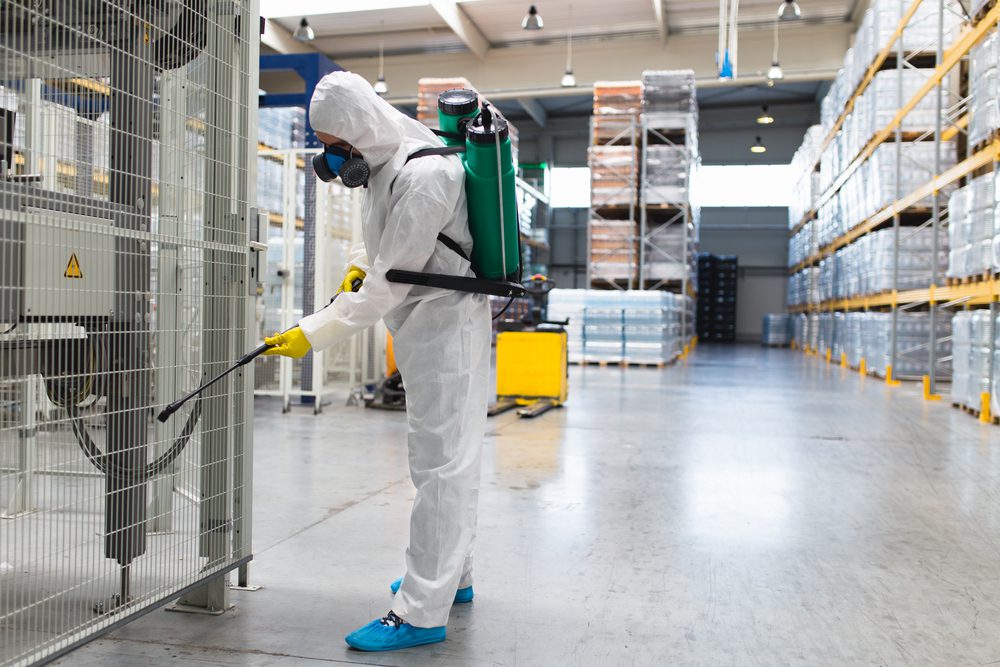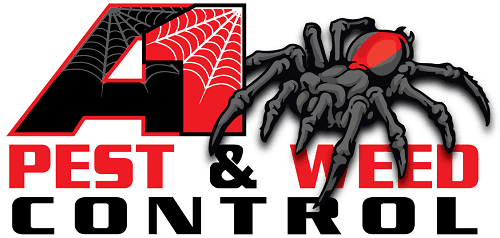Pest Control Modern and Future Technologies
Introduction to Modern and Future Pest Control Technologies
Pest control is the regulation or management of species defined as pests, usually because they are perceived to be detrimental to a person’s health, ecology or the economy. Pest control methods have evolved over the years from traditional methods, such as the use of chemical pesticides, to modern techniques that rely on technology and science to manage pest populations. This article will explore the evolution of pest control, modern pest control methods, and emerging technologies that may shape the future of pest control.
The Evolution of Pest Control: A Brief History
Pest control has been practised for centuries, dating back to ancient civilizations where pesticides were made from natural substances such as sulphur and arsenic. In the 19th and early 20th centuries, synthetic pesticides such as DDT were introduced, which were highly effective but also negatively impacted the environment and human health. In recent decades, there has been a shift towards more sustainable and eco-friendly pest control methods, focusing on integrated pest management (IPM) approaches that use a combination of techniques to prevent and control pests.
Modern Pest Control Methods: An Overview
There are various modern pest control methods available today, including:
- Chemical pesticides: These are substances that are used to kill or control pests. They can be synthetic or natural and are applied in various forms, such as liquids, dust, or baits. Chemical pesticides are often the most effective at controlling pests, but they can also negatively impact the environment and human health if not used properly.
- Physical pest control: This involves using physical barriers or traps to prevent pests from entering a property or to catch and remove pests already present. Examples of physical pest control methods include installing screens on windows and doors, sealing cracks and crevices, and using glue boards or traps to capture pests.
- Biological pest control: This involves the use of natural predators or parasites to control pest populations. For example, ladybugs can be used to control aphids, and nematodes can be used to control grubs.
- Cultural pest control: This involves changing cultural practices to make an environment less attractive to pests. Examples include maintaining proper hygiene and sanitation, removing food and water sources, and modifying the habitat to make it inhospitable to pests.
The Advantages and Disadvantages of Modern Pest Control Techniques
Each pest control method has its own advantages and disadvantages. Chemical pesticides are often highly effective at controlling pests, but they can also negatively impact the environment and human health if not used properly.
Physical pest control methods are generally safe and eco-friendly but may not be as effective as chemical pesticides at controlling certain pests. Biological pest control methods are sustainable and environmentally friendly but may not be as effective as other methods in controlling certain pests. Cultural pest control methods are sustainable and eco-friendly but may not always be practical or effective.
Pest Control with Robotics: Current and Emerging Technologies
- Robotic technology: This is increasingly being used in pest control to develop more efficient and effective methods for detecting and controlling pest populations. For example, robots can be used to inspect buildings for signs of pests, such as droppings or damaged wood, and to apply pesticides precisely and precisely. Robots can also be used to monitor pest populations and gather data on their behaviour, which can help pest control professionals develop more targeted and effective treatment plans.
-
Pest Control with Artificial Intelligence: Current and Emerging Technologies Artificial intelligence (AI) is being used in pest control to analyze data and predict pest activity. For example, AI algorithms can be used to analyze data on weather patterns, crop growth, and pest behaviours to forecast pest infestations and recommend preventative measures. Some AI-powered pest control systems even have the ability to monitor and control pests in real time using sensors and autonomous robots.
- Pest Control with Nanotechnology: Current and Emerging Methods: Nanotechnology involves the use of very small particles, known as nanoparticles, to control pests. Nanoparticles can be formulated into a variety of pest control products, such as pesticides, insecticides, and herbicides, and are applied in a similar manner as traditional pest control products. One advantage of using nanoparticles is that they can be targeted to specific pest species, making them more effective at controlling pests while reducing the risk of harm to non-target species.

Another emerging AI technology in pest control is the use of machine learning algorithms to classify and identify different pests based on images and other data. This can help pest control professionals quickly and accurately identify the type of pest they are dealing with, allowing them to tailor their control strategies accordingly.
Another potential use of AI in pest control is the development of intelligent pest traps that use sensors and machine learning algorithms to detect, capture, and analyze pests. These traps could potentially be used to monitor pest populations and help predict future infestations.
Overall, the integration of AI in pest control can greatly improve the efficiency and effectiveness of pest management practices. However, there are also potential ethical concerns to consider, such as AI’s potential to harm pests rather than control them.
The Future of Pest Control: Predictions and Possibilities
As technology continues to advance, new and innovative pest control methods will likely emerge. One possibility is the use of drones for pest control, which could be used to apply pesticides or other pest control products in a precise and controlled manner. Another possibility is the use of sensors and smart technology to monitor pest activity and predict outbreaks, allowing pest control professionals to be more proactive in their pest management efforts.
The Ethical Implications of Modern and Future Pest Control Technologies
There are ethical considerations that need to be taken into account when using modern and future pest control technologies. For example, using certain pesticides and insecticides can negatively impact the environment and non-target species, and there are concerns about the potential risks of using robotics and AI in pest control. It is important for pest control professionals to consider the ethical implications of their actions carefully and to take a responsible and sustainable approach to pest management.
What is the 4d approach to controlling the pest?
The 4D approach to pest control is a holistic, integrated pest management (IPM) approach that focuses on four key elements: detection, deterrence, disruption, and destruction. The goal of the 4D approach is to prevent pest infestations from occurring in the first place rather than simply reacting to them once they occur. This approach involves using a combination of techniques, such as physical pest control methods, cultural practices, and biological control methods, to create a pest-resistant environment.
What is the most effective way to control pests?
The most effective way to control pests depends on the specific pests in question and the specific circumstances. In general, an integrated pest management (IPM) approach that combines multiple techniques is often the most effective way to control pests. This may include a combination of physical pest control methods, cultural practices, biological control methods, and chemical pesticides, depending on the situation’s specific needs. It is important to carefully assess the pest problem and choose the most appropriate control measures to effectively and safely control pests.
Conclusion: The Role of Modern and Future Technologies in Pest Control
Pest control methods have evolved significantly over the years, from traditional techniques, such as the use of chemical pesticides, to modern and emerging technologies that rely on science and technology. Modern pest control methods, such as robotics, AI, and nanotechnology, offer the potential for more efficient and effective pest management. Still, they also bring with them ethical considerations that need to be carefully considered. The future of pest control is likely to involve combining techniques and technologies, including traditional and modern methods, to create a sustainable and effective approach to pest management.
Resources
Australian Pest Management Association: This professional organization represents pest management professionals in Australia and provides a range of resources on modern and future technologies in pest control. Their website features articles, events, and training opportunities on the latest developments in the industry.
PestHacks: This Australian website is a resource for homeowners and businesses looking for information on pest control. They cover a range of topics, including the use of modern technologies such as AI and robotics in pest management. The site also features a blog with tips and tricks for preventing and controlling pest infestations.

